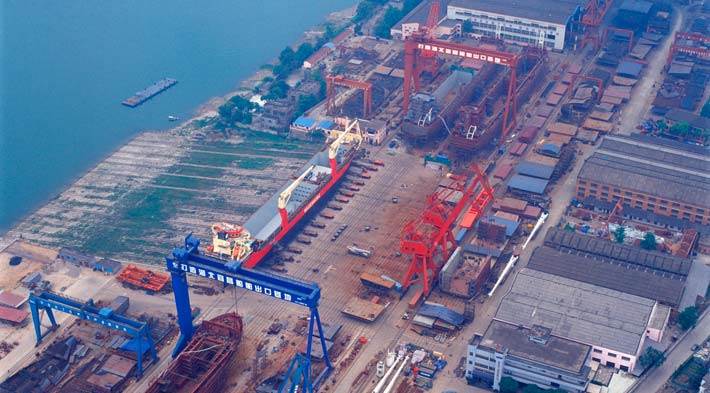Gloomy shipbuilders concur more capacity must be cut

The 25th JECKU meeting of global shipbuilders closed yesterday in South Korea with participants gloomy about prospects ahead.
The roundtable included senior officials from yards in Japan, Europe, China, South Korea and the US and saw calls for greater cuts in shipbuilding capacity around the world.
Shigeru Murayama, CEO of Kawasaki Heavy Industries, and chairman of the Shipbuilders’ Association of Japan, said in his keynote speech, “Over the last few years, more vessels were built than the growth rate of shipping volume. This oversupply delays a recovery of the market. Vessel supply is growing faster than demands. I forecast that the total recovery will take quite a long time.”
Murayama called for his peers to look at their current output and look at scaling back operations further.
“It is up to each shipyard to decide the scale of production capacity,” he said. “In order for sustainable growth of global shipbuilders, each CEO must reasonably analyze the outlook of supply and demand to keep a proper scale of business.”
Guo Dacheng, chairman of the China Association of the National Shipbuilding, said, “Global shipbuilding industry is suffering.” Guo said Chinese yards must still solve their oversupply problems and offer more higher valued products.
“Due to a protracted slump in the global economy, it cannot be ruled out that the sector’s business conditions would further worsen down the road,” he said.
A statement from the participants attending the event read: “We shared the view that it will take a long time to see the demand-supply gap narrow, and shipbuilders need to share a common perspective of what is necessary to help the market recover.”
Speaking to Splash in July, Dr Martin Stopford, Stopford, president of Clarksons Research, observed: “Shipbuilding output of around 103m dwt in 2016 is at least 30% above the underlying demand for new ships.”
With China’s imports hardly growing; the world economy in a trough; and the offshore market in deep trouble, Stopford said current output could only be sustained by “heroic price cutting”.
“Cutting capacity makes sense,” he added, “but with the market split 37% China, 35% South Korea and 19% Japan it’s a game of chicken for who cuts first and most.”
